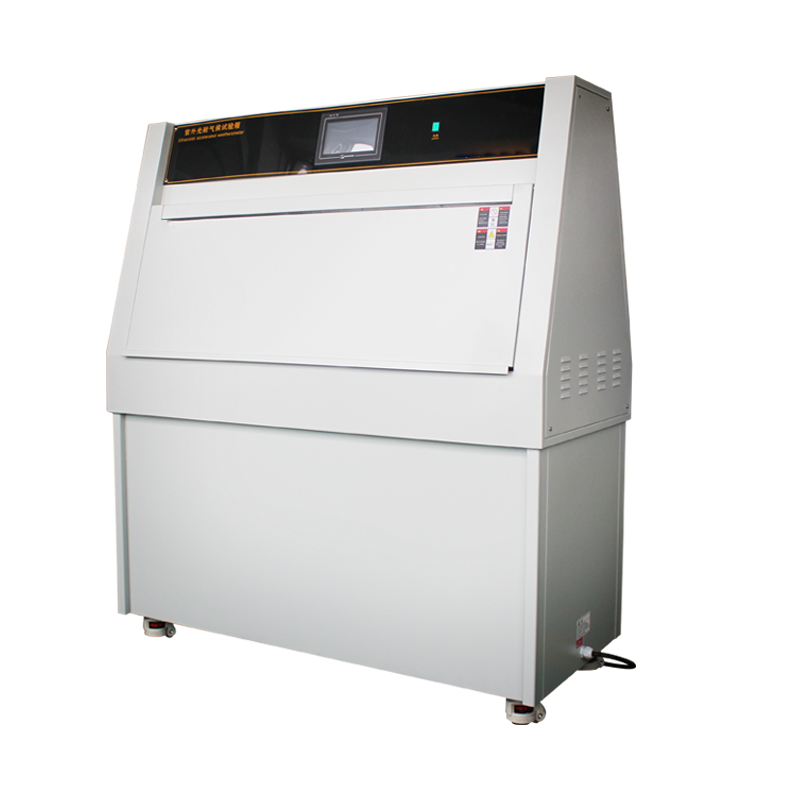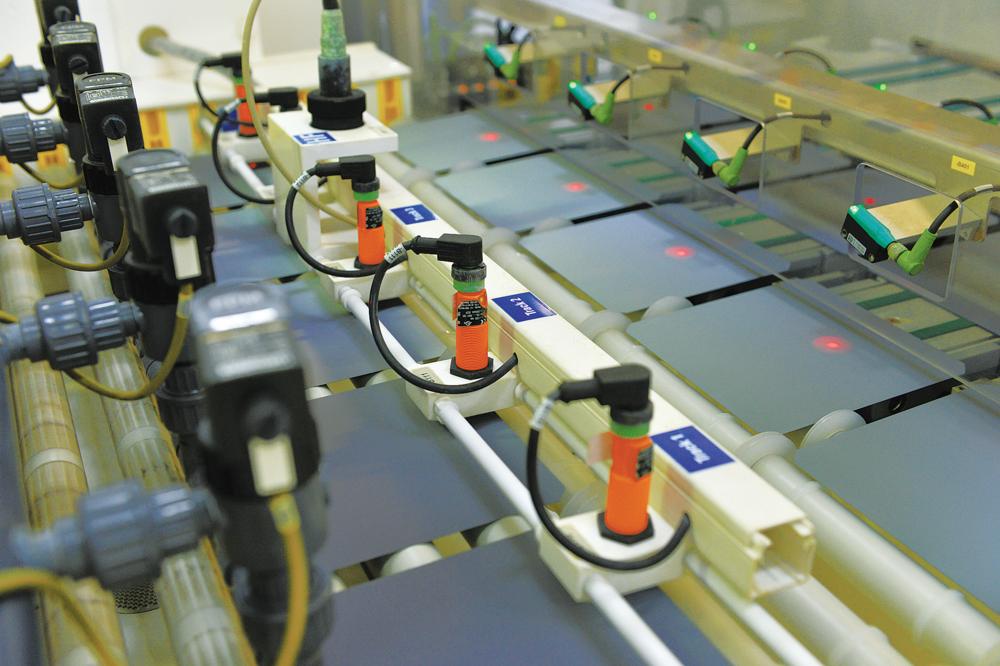The UV aging test chamber primarily serves to simulate ultraviolet (UV) radiation conditions found in natural environments, accelerating the weathering resistance testing of materials to evaluate their performance changes under prolonged UV exposure. This equipment is widely used across various industries, including automotive, electronics and electrical, construction, new energy, plastics, textiles, and cosmetics.
I. Working Principle of UV Aging Test Chambers
UV aging test chambers utilize fluorescent UV lamps as light sources to replicate the UV radiation and moisture conditions of natural sunlight. By controlling factors such as UV intensity, exposure duration, and temperature, they can simulate UV environments from different regions and seasons. Additionally, these chambers can mimic moisture effects through condensation or spray methods, further accelerating material aging.

II. Applications of UV Aging Test Chambers
-
Automotive Industry: Evaluates the durability of automotive coatings, plastic parts, and rubber components under various climatic conditions, ensuring stable performance in harsh environments.
-
Electronics & Electrical Industry: Tests the aging of polymer materials (e.g., plastics and rubber) under UV exposure, helping manufacturers select more weather-resistant and stable materials to enhance product reliability and lifespan.
-
Construction Industry: Assesses the weather resistance of coatings, plastic doors/windows, and roofing materials under sunlight and rain, providing critical insights for material selection and architectural design.
-
New Energy Industry: Examines the aging resistance of photovoltaic materials to ensure long-term stability in real-world applications.
-
Plastics Industry: Evaluates the weatherability of plastic materials in practical use, ensuring product quality meets expected standards.
-
Textile & Cosmetics Industry: Helps manufacturers predict product aging rates in real-world conditions, optimizing formulations and processes to improve quality.
III. Advantages of UV Aging Test Chambers
-
Accelerated Aging Testing: Simulates UV radiation and temperature/humidity variations in natural environments, speeding up material aging to identify potential issues in a shorter timeframe.
-
Precise Control of Test Conditions: Allows accurate adjustment of UV intensity, exposure time, and temperature to replicate diverse UV environments across regions and seasons.
-
High Automation & Intelligence: Advanced control systems and sensor technology enable real-time monitoring of test data and automatic generation of detailed reports, improving testing efficiency and accuracy.
UV aging test chambers play a crucial role in multiple industries by simulating natural UV exposure and humidity changes. They help businesses and researchers assess material weatherability and durability, optimizing product design and enhancing quality and reliability.













